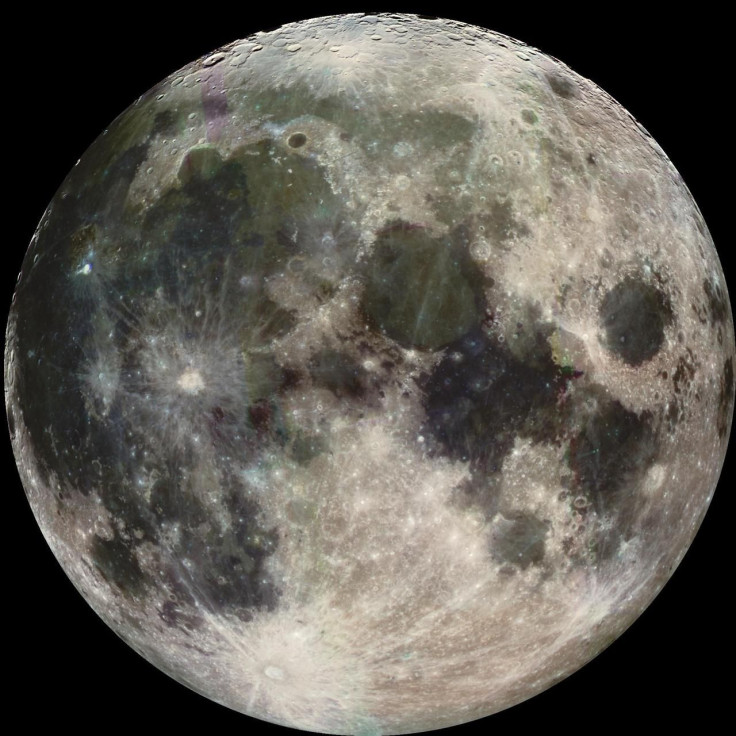Rocket On Collision Course With The Moon Not From SpaceX After All
KEY POINTS
- Astronomers noted last month that a rocket stage will hit the moon in March
- The object was initially misidentified as being from SpaceX
- However, it's likely a piece of the Chinese Long March 3c rocket
Astronomers have been watching out for the supposed SpaceX rocket upper stage that's on a collision course with the moon. As it turns out, the object isn't from SpaceX.
It was in January when astronomer and asteroid tracker, Bill Gray of Project Pluto, noted that an object dubbed WE0913A was on track to collide with the moon. Based on the data, it is expected to impact the far side of the moon on March 4.
Initially, the object was identified as the upper stage from the SpaceX Falcon 9 launch of the Deep Space Climate Observatory (DSCOVR) spacecraft in 2015. However, in a corrected update, Gray noted that object WE0913A has actually been misidentified.
As Gray explained, he received an email from Jon Giorgini of the Jet Propulsion Laboratory (JPL) on Saturday, inquiring about the initial statement that DSCOVR and the rocket stage passed close to the moon just days after it was launched.
"Jon pointed out that JPL's Horizons system showed that the DSCOVR spacecraft's trajectory did not go particularly close to the moon," Gray noted in the update. "It would be a little strange if the second stage went right past the moon, while DSCOVR was in another part of the sky. There's always some separation, but this was suspiciously large."
A further look at the data, particularly of launches that happened not too long before DSCOVR's 2015 launch, revealed that WE0913A might actually be a piece of the Long March 3C rocket that launched the Chang'e 5-T1 mission, which was launched on Oct. 23, 2014. Its booster, Gray noted, "was (we thought) never seen."
The evidence remains "circumstantial," according to Gray, but it is "fairly convincing" that it is what will hit the moon on March 4.
"I think we can say that we have a very solid chain of evidence for it," Gray said, as per The Verge.
No matter what the object is, however, its impending collision with the moon shows the importance of paying attention to such objects once they're already in space. In a blog post from the European Space Agency (ESA) published earlier this month, the agency's head of Space Safety Program, Holger Krag, noted that the impact "illustrates well the need for a comprehensive regulatory regime in space, not only for the economically crucial orbits around Earth but also applying to the Moon."
Although space rocks tend to hit the moon "all the time," ESA noted that this is the first time that human-made debris will unintentionally reach our satellite. Astronomer Jonathan McDowell also previously told AFP News that other similar impacts might have happened but have gone "unnoticed," according to France 24.

© Copyright IBTimes 2025. All rights reserved.






















